Technical Analysis: Exploring iPhone's Night Shift Mode
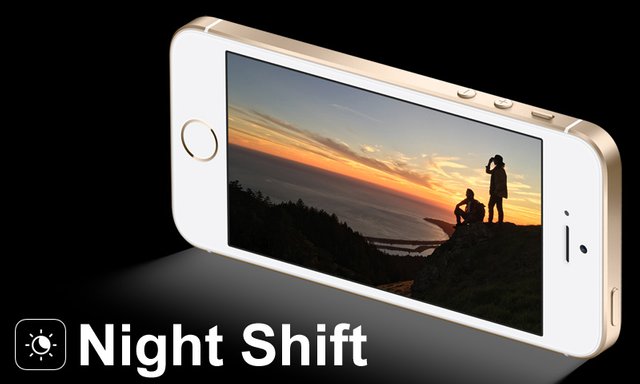
What is "Night Shift"
In the iOS 9.3 Update for Apple's mobile devices there was a new feature called Night Shift being introduced that is quite interesting, but there is not much information about it available. In short it is a function that should help you get to sleep easier at night after you have been using your mobile iOS device such as an iPhone, though not limited only to iPhone, by reducing the Blue Light emitted from the device.
Many studies have shown that exposure to bright blue light in the evening can affect your circadian rhythms and make it harder to fall asleep. Night Shift uses your iOS device's clock and geolocation to determine when it's sunset in your location, then it automatically shifts the colors in your display to the warmer end of the spectrum. In the morning, it returns the display to its regular settings. - Apple
I wanted to dig a bit deeper, so I got a spectrometer and measured the light normally coming out from the screen of an iPhone SE as well as with the Night Shift mode enabled. I've used a white image displayed on the screen with the iPhone set to use the maximum brightness level available. Below you can see the results with my comments on what actually changes as well as what does not... this is getting a bit more technical, though at the end I'll try to also give a simpler explanation.
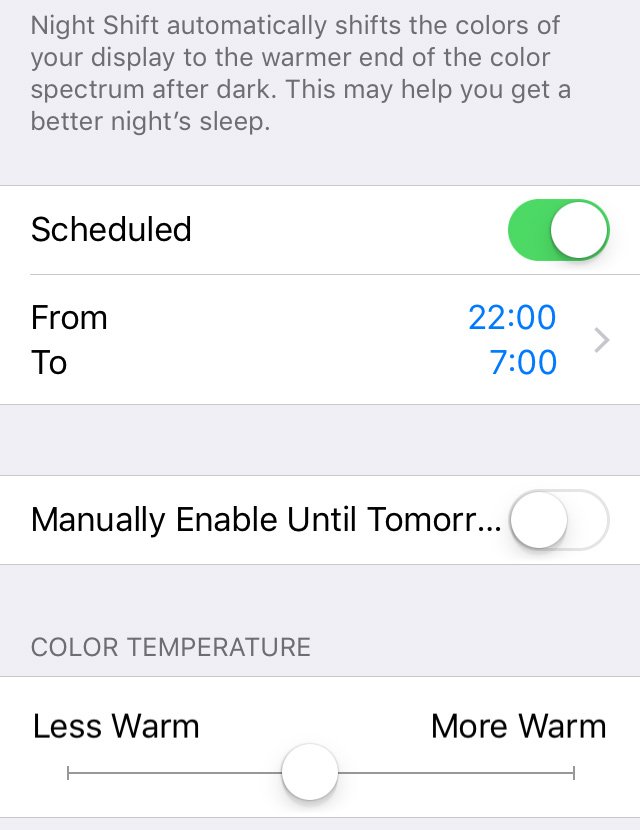
How to Enable the Night Shift Mode
The Night Shift mode on supported devices can be enabled manually from the lower sliding menu of the iOS device (Control Center) or from Settings / Display and Brightness / Night Shift. There are two modes you can choose between: an automatic Sunset to Sunrise switching or manually defined On and Off hours that you can set such as 22:00 to 7:00 for example. There is also a slider that allows you to increase or reduce the level of "warmth" that you get with the slider set to the middle by default.
Here are Apple's mobile devices with Night Shift support: iPad Air, iPad Air 2, iPad mini 2, iPad mini 3, iPad mini 4, iPad Pro, iPod Touch 6G, iPhone 5S, iPhone 6, iPhone 6 Plus, iPhone 6S, iPhone 6S Plus, iPhone SE.
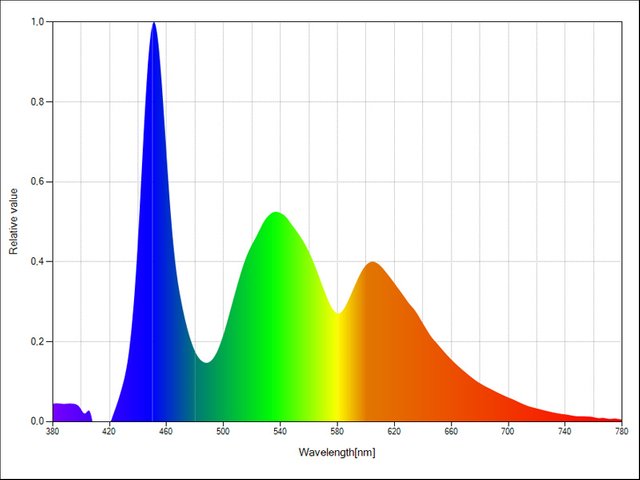
Standard Visible Spectrum for White
This is how the white light coming from the iPhone SE's display looks like spread on the whole spectrum of visible light (white is a combination of the main colors Red, Green and Blue). As you can see in the White color there is a lot more Blue light as compared to Green and Red. This simply means that we are normally getting a color temperature closer to the colder side, so lets us see some numbers to be more precise.
Color Temperature measured: 6841 Kelvin
Illuminance Level measured: 546 lux
Color Rendering Index (CRI) measured: 86.5 Ra
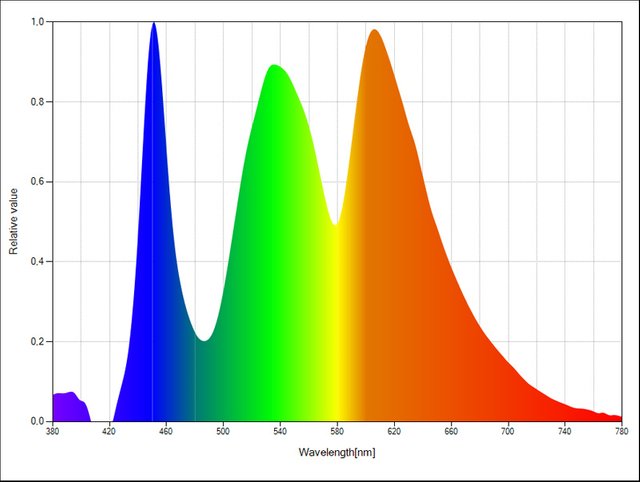
Medium Night Shift Spectrum for White
Here is how the color spectrum of the White color emitted from the display of the iPhone SE changes when the Night Shift mode is being activated in its default setting (the middle of the slider). What happens now is the Blue component of the white remaining pretty much at its previous level, however the Green and Red components have increased significantly. As a result the overall look of the display becomes warmer, but in reality we are still not actually decreasing the Blue light itself, we are just suppressing its effect by increasing the two other main components for the White color - Green and Red. Below are the main measurements representing how the White light coming from the iPhone's display has changed with the standard setting of Night Shift Enabled.
Color Temperature measured: 4260 Kelvin
Illuminance Level measured: 394 lux
Color Rendering Index (CRI) measured: 90.3 Ra
As you can see the color temperature has moved much to the warmer side of the light spectrum, the overall intensity of light has also decreased by a bit more than 150 lux. Interestingly enough the CRI index has moved a bit towards representing a good natural light source, so the light emitted in this state by the display of the device will seem more natural than artificial.
It seems that at this point we are not yet actually reducing the Blue light, but are kind of masking it, though the end result is there regardless. Essentially what we are getting is something that looks a lot like moving from the normal daylight (with the standard screen colors) to something that naturally happens at Sundown. We get warmer light that is less intense compared to the colder colors with higher light intensity prior to that. So this kind of feels natural, though it might not be enough, it still works pretty well in tricking our body clocks actually.
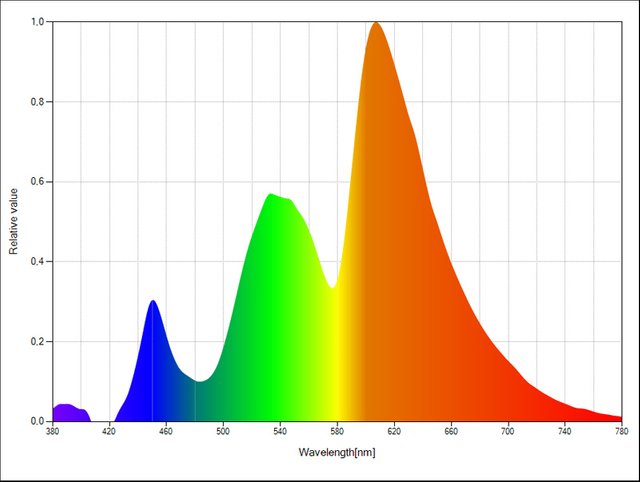
Maximum Night Shift Spectrum for White
Moving the Night Shift slider to the maximum available level and measuring the visible spectrum of the White light emitted from the screen of the iPhone SE. Finally we can see that the Blue component of the color is being reduced a couple of times, the Green is almost back at the middle level (close to the default screen's spectrum) while the Red component remains high.
Color Temperature measured: 2854 Kelvin
Illuminance Level measured: 286 lux
Color Rendering Index (CRI) measured: 92.9 Ra
We have moved even further to the warm spectrum of light and we are actually seeing a reduction of the Blue, thought that actually makes things a bit too warm (at least for me). Further reduction in the intensity of the light with over 100 lux more and even better CRI. So this should be even more effective if the warmer color does not bother you. For me personally the medium level is not so extreme and does not affect color accuracy much, so it is perfectly usable, this one however is a bit too much, even though it might work even better at night when you use your smartphone or tablet in bed before going to sleep.
Could it Be Made Even Better
After doing a bit of technical analysis with measuring the visible light spectrum for the White color displayed on the iPhone SE display without the Night Shift mode and with it I can suggest an even more optimal solution. It can go like this: starting with the default Medium level for the Night Shift mode at sundown and gradually increasing to the Maximum level as it gets late at night. It is actually pretty easy to track the average go to bed time for the user for a few days and get a good estimate at about what time should the Maximum level of the Night Shift be reached. This way the user will not notice a significant rapid change in appearance as things will be changing gradually at small steps, so it will feel much more natural and it will also kind of guide him to the "go to sleep" time.
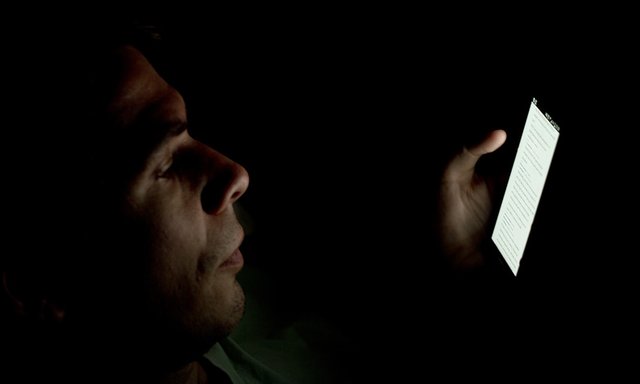
So the Night Shift Mode Does Work
Even at the default medium level the Night Shift mode can help people that love to use their smartphones or tablets when they get in bed before going to sleep. The decrease of the actual level of Blue light perceived by the person using the device the body starts to generate the hormone Melatonin that essentially is responsible for getting our bodies ready for sleep. It is a known fact that our bodies have a stronger response to blue light that essentially prevents them from starting to produce that hormone, though actually any kind of light does have that effect on the production of Melatonin, the Blue one is just the most potent one. Precisely the reason why some people take pills with Melatonin (sleeping pills), so that they can get to sleep easier, but that may not be the best solution to the problem.
If you are having trouble getting to sleep at night when you go to bed and you are using your Apple smartphone or tablet and still haven't tried the Night Shift mode I definitely recommend that you do try enabling it and see if it will help. Have in mind though that it will be even better if you just don't use your smartphone or tablet in bed at all. Even if you don't use it but you are still having trouble getting to sleep after you go to bed you should be aware that there could be a number of other factors that could actually be causing your sleeping trouble other than blue light coming from a mobile device you use in bed. I'm talking about things like too much stress during the day for example is also one of the most common causes for people to have trouble sleeping properly. There are also a number of other causes for sleeping problems, but since I wanted to explore a bit more the Night Shift mode on the Apple iOS devices I don't want to go much into talking about these now.
Do note that there is also software for computers available that will produce the same effect as the Night Shift mode available on iOS-based mobile devices, so if you are using computers late night to post on Steemit for example, you might be interesting in giving some of these apps a try.
If you have a question or want to add something, then please leave a comment below.
Did you like what you have just read? Check my other posts on steemit @cryptos
Nice. I was not aware of this. As a fan of flux (I got here from your other post/comment to me on flux), I will upgrade to this version and put it to good use. Been waiting for this on the iPhone.
Give it a try, it works very well, just like flux on a computer... :)
I'll be doing similar tests on a laptop with flux installed like I did on the iPhone SE.
Gracias Por compartir este material. Me gusta Lo que has Publicado Muchas Gracias